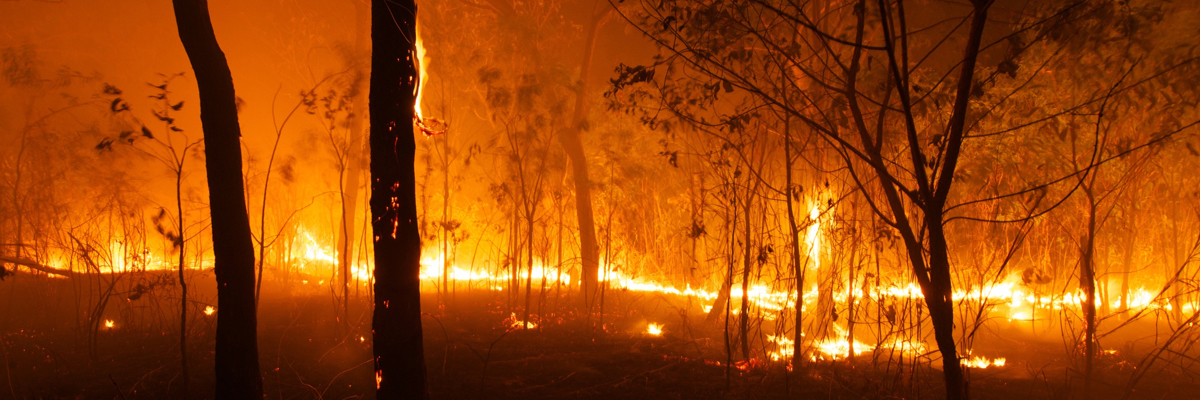BAL Report Principles: Crucial Details for Homeowner
BAL Report Principles: Crucial Details for Homeowner
Blog Article
How BAL Record Impacts Bush Fire Security Procedures
In the realm of bush fire defense, the Structure Attack Degree (BAL) report stands as a critical device that considerably influences the safety and security and durability of homes in fire-prone locations - BAL Report. The influence of a BAL assessment extends much past mere paperwork; it acts as the cornerstone for identifying the proper building and construction requirements and fire defense actions necessary to mitigate the risks presented by bushfires. As areas face significantly extreme fire seasons, comprehending exactly how the BAL report shapes these protective procedures ends up being vital for property owners, contractors, and policymakers alike
Comprehending the Bushfire Assault Level

Value of BAL Record Evaluation

Furthermore, the BAL report evaluation offers as a fundamental action in abiding by legal responsibilities and needs connected to bushfire defense. Neighborhood councils and authorities frequently mandate the submission of a BAL report as component of the preparation and structure authorization procedure to make certain that Visit This Link properties are adequately protected against bushfire risks. Stopping working to perform a detailed BAL record analysis can cause poor defense actions, leaving residential or commercial properties susceptible to devastating bushfire events.
Building Criteria Based on BAL
An extensive understanding of the Bushfire Attack Level (BAL) enables home owners to implement construction requirements tailored to their specific threat account. Building criteria based on BAL are crucial in mitigating the impact of bushfires on buildings. The BAL ranking classifies the potential threat a building faces throughout a bushfire on a range from BAL-Low to BAL-FZ (Flame Area)
Carrying Out Fire Security Measures
With the foundation of building and construction criteria based on Bushfire Strike Degree (BAL) in location, the focus currently shifts in the direction of the sensible application of fire protection measures to strengthen buildings versus bushfire hazards. Implementing fire protection procedures involves a mix of passive and active techniques to boost the durability of buildings in bushfire-prone areas. Easy steps include utilizing fire-resistant building materials, installing coal guards on vents, sealing voids in wall surfaces and roofings, and keeping a clear room around the residential or commercial property cost-free from flammable plants. Energetic steps incorporate having firefighting equipment easily offered, such as hose pipes and water pumps, along site link with creating a defendable area around the building by clearing plant life and having a well-maintained yard. In addition, developing an evacuation strategy and ensuring all locals understand emergency procedures are crucial elements of efficient fire defense procedures. By integrating both passive and energetic techniques, properties can significantly reduce their vulnerability to bushfire occurrences and raise the safety and security of occupants.
Shielding Houses Against Bushfires
Efficiently guarding homes against the devastating effects of bushfires requires a proactive and thorough method to fire defense procedures. Property owners staying in bushfire-prone areas have to prioritize the execution of different approaches to improve their home's strength versus wildfires. One essential facet is producing a defensible area around the home by maintaining a clear zone cost-free of flammable products. This consists of frequently trimming plant life, removing dead plants, and making certain a safe distance between trees and frameworks. Setting up fire-resistant roof products can likewise significantly decrease the danger of coal attacks and straight fire contact. Furthermore, sealing vents and voids to stop ash breach, along with incorporating fire-resistant doors and home windows, can aid strengthen the home's protection versus bushfires. Spending in a dependable water source, such as a well-kept lawn sprinkler or a committed water container, is important for providing water throughout fire emergency situations - BAL Report. By welcoming an aggressive position and integrating these protective measures, property owners can substantially boost their possibilities of guarding their homes versus bushfires.
Conclusion
In conclusion, the Bushfire Assault Degree (BAL) report plays a crucial function in figuring out the required defense measures against bushfires. Carrying out fire protection actions based on the here are the findings BAL record is necessary in safeguarding properties from prospective bushfire dangers.
In analyzing bushfire risk to buildings, recognizing the Bushfire Strike Level (BAL) is an important element for executing efficient security measures. Overall, a clear understanding of the Bushfire Attack Level is vital for applying ample protection measures and reducing the impact of bushfires on homes.

Report this page